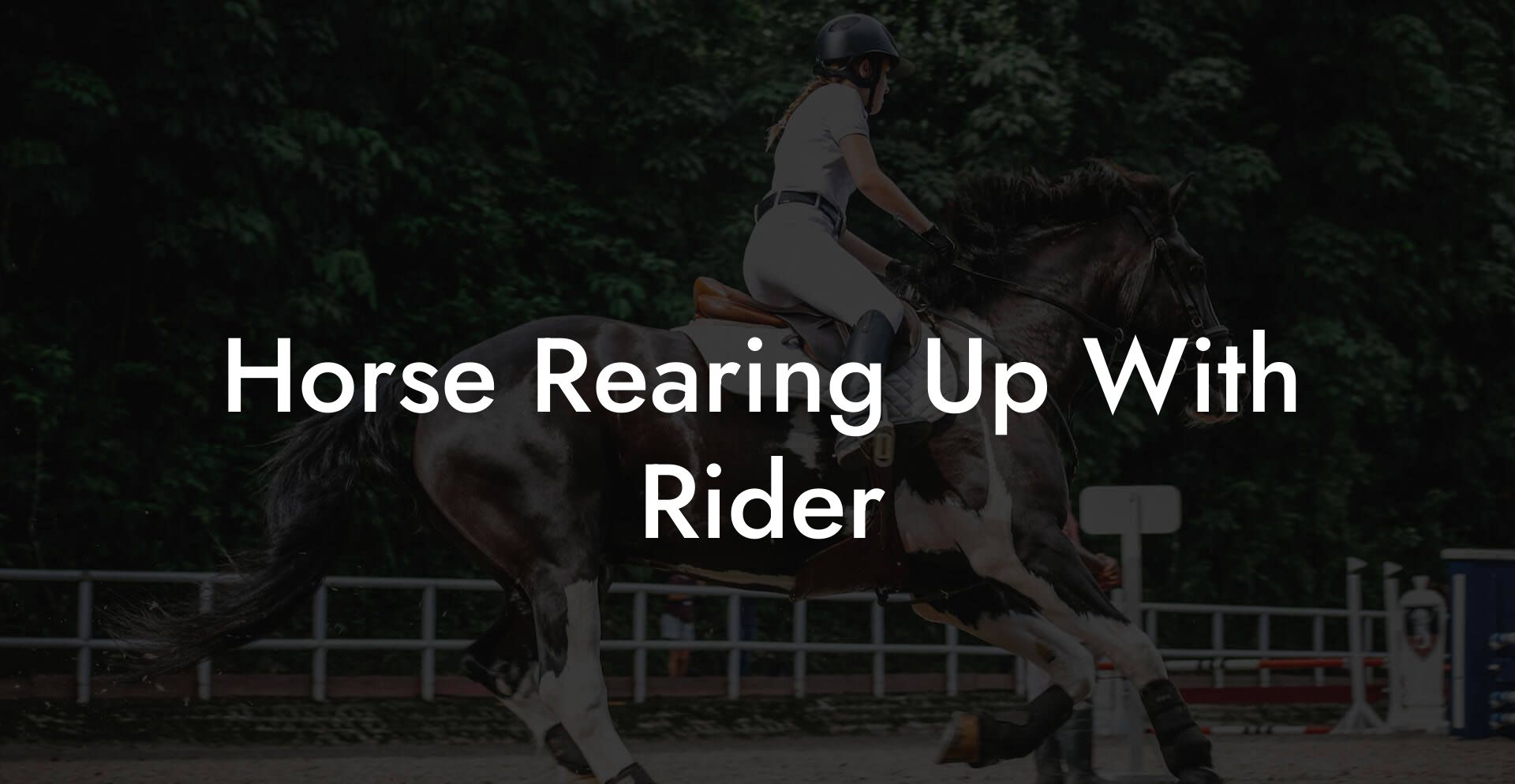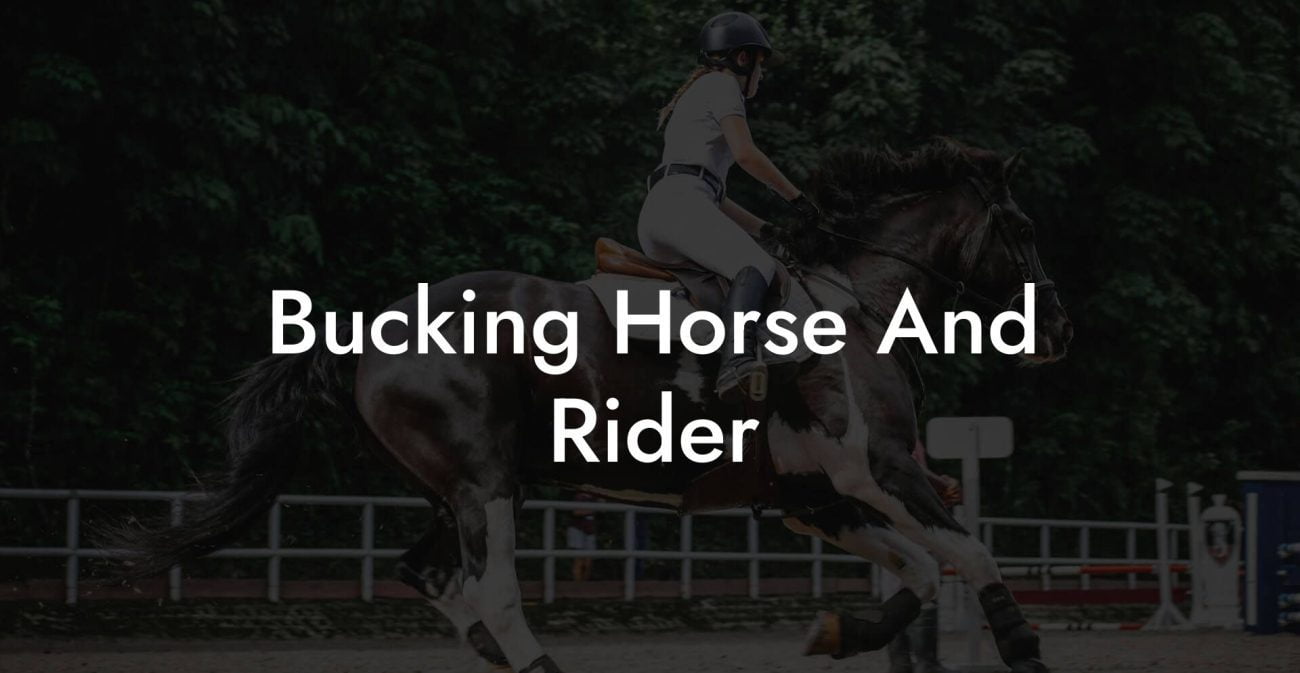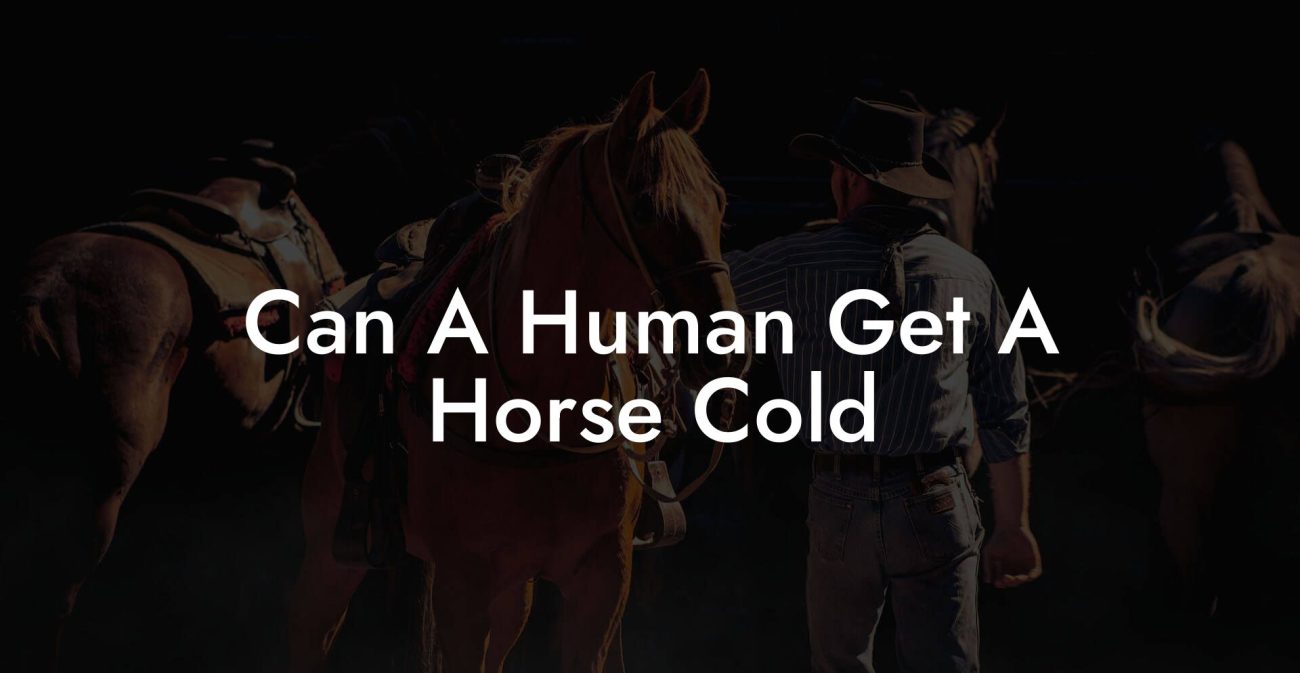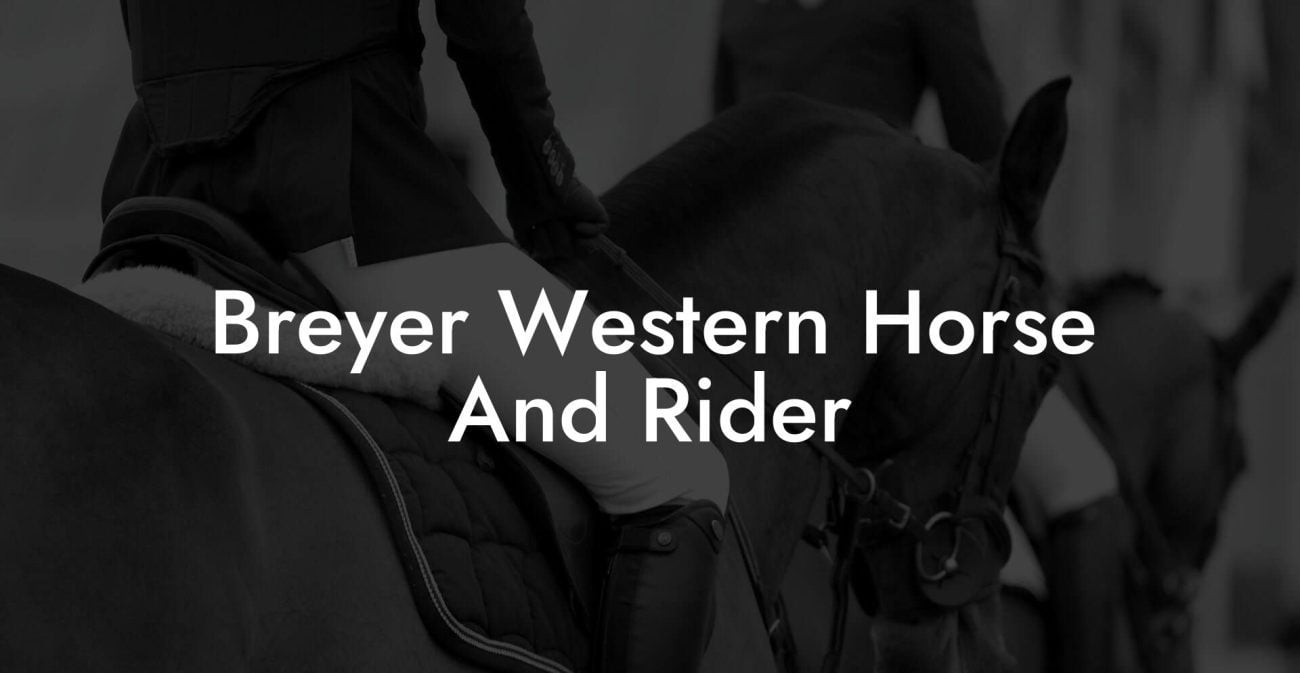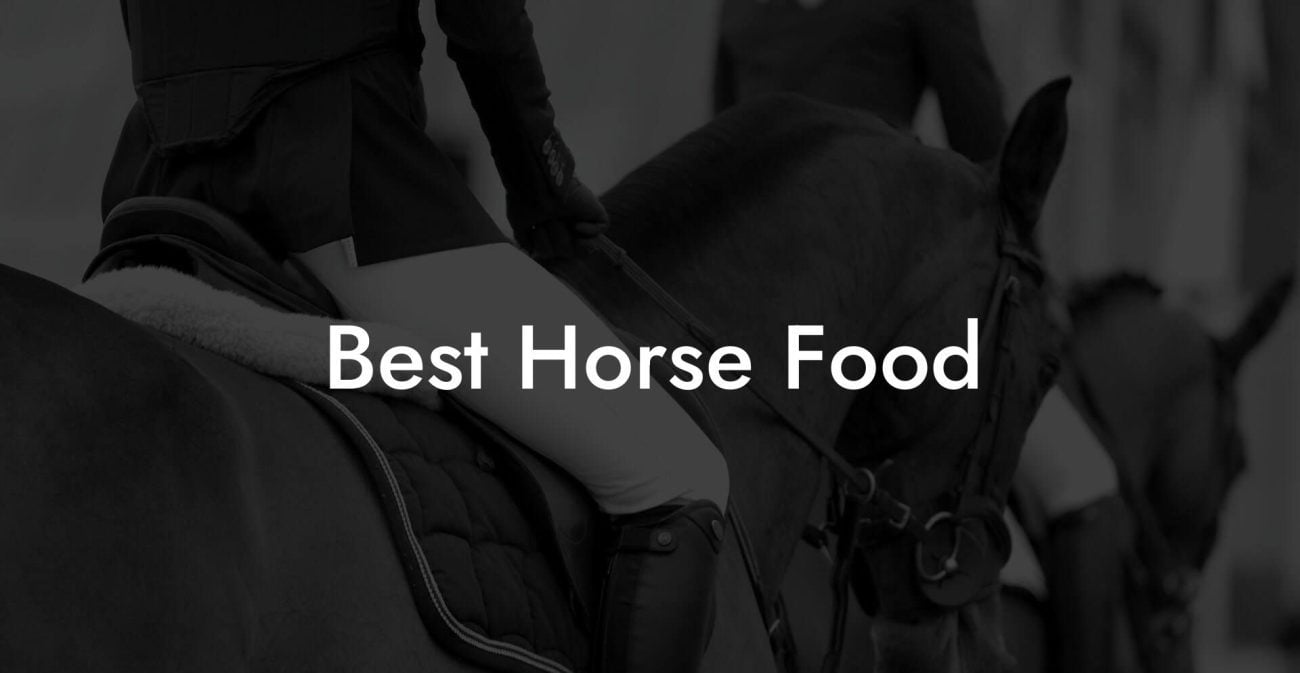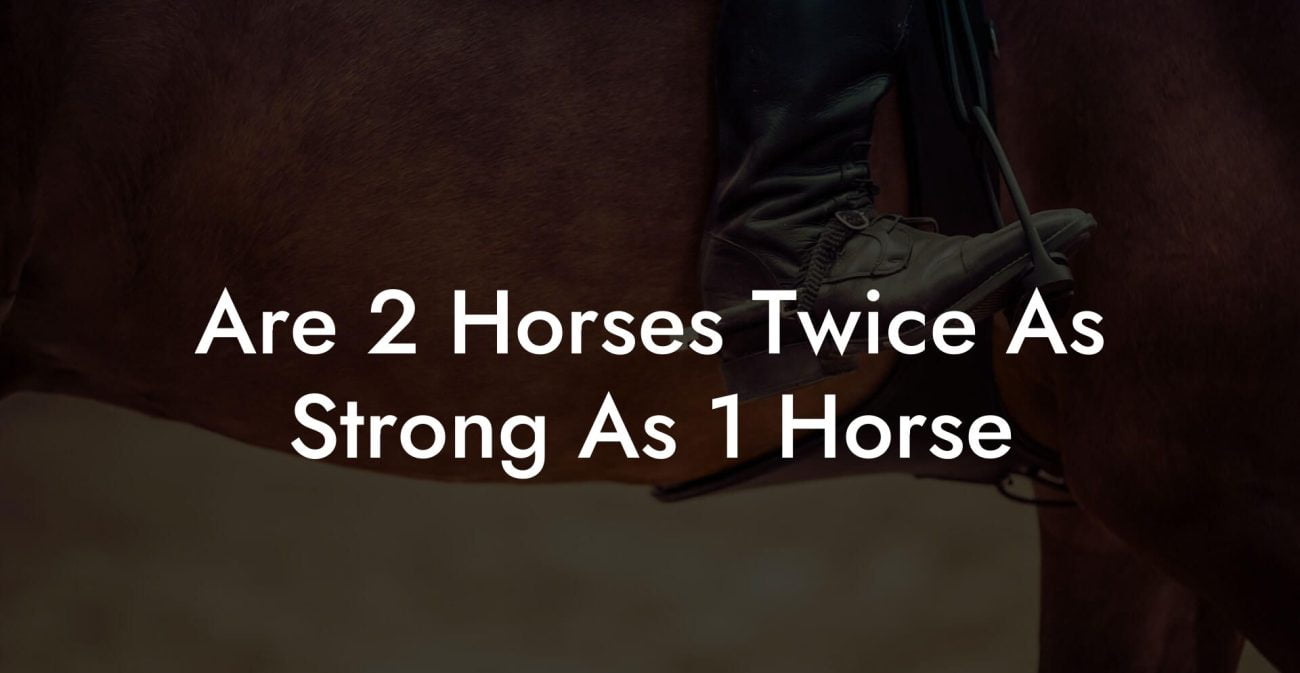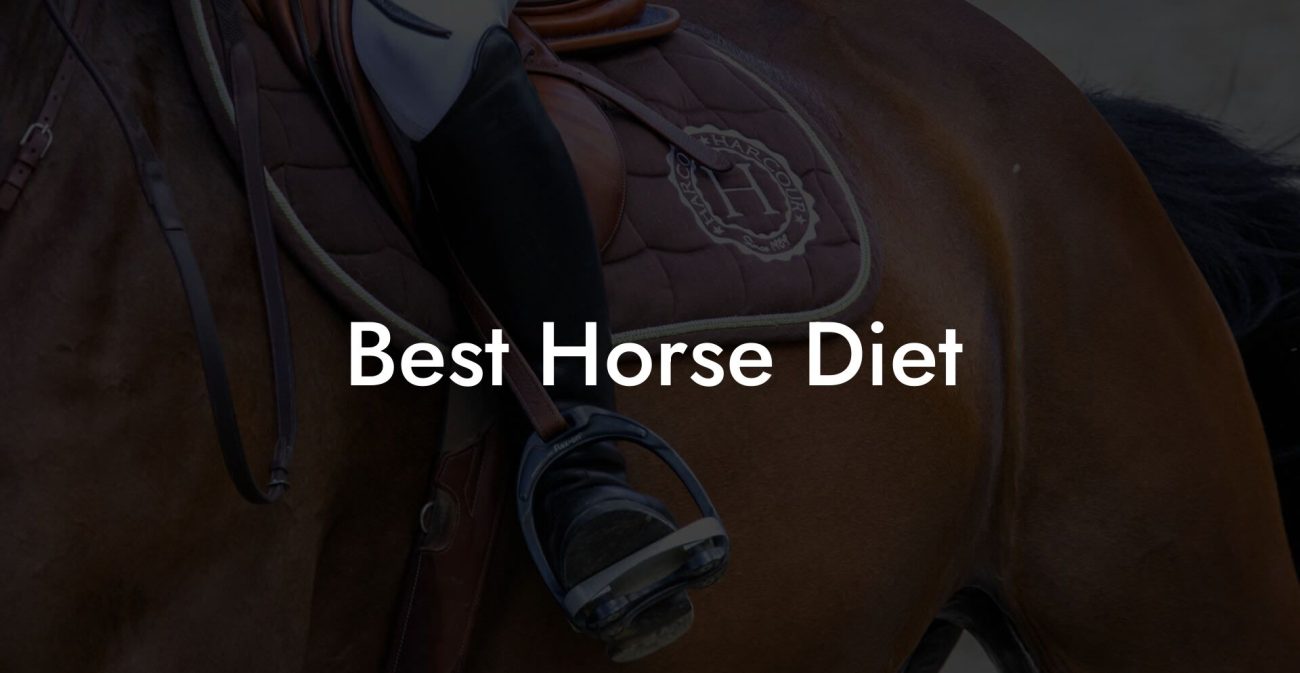There’s a wild magic in the moment when a horse, with eyes full of untold stories, suddenly rears up beneath a daring rider, an electrifying dance that’s as much about trust and connection as it is about adrenaline and adventure. “Horse Rearing Up With Rider” isn’t just a heart-pounding equestrian maneuver; it’s a full-blown symphony of body language, instinct, training, and, yes, a dash of wit. Whether you’re a seasoned equestrian vetting wild breakthroughs or a curious millennial riding enthusiast eager to learn the art of caring for a horse, this guide dives deep into the nuanced world of managing, understanding, and even celebrating those thrilling moments when a horse takes a stand, literally.
Quick Links to Useful Sections
- What Does "Horse Rearing Up With Rider" Really Mean?
- Understanding the Anatomy of Equine Expression: More Than Just Hooves and Hype
- Safety Techniques & Rider Preparedness: Embracing the Thrill Responsibly
- Training Your Horse and Yourself: The Art and Science of Harmonious Communication
- Riding Techniques: Balancing the Rhythm Between Thrill and Control
- The Two-Point Position
- Cue-Based Riding
- Mastering the Art of Let-Down
- Holistic Approaches to Equine Care: Mind, Body, and Mane
- Case Studies: Real-Life Equestrian Escapades
- Case Study 1: The Breakthrough of a Timid Mare
- Case Study 2: The Confident Control of a Show Jumper
- Case Study 3: Overcoming Fear Through Empathy and Expertise
- Creating Your Personalized Equine Riding Plan
- Step 1: Comprehensive Evaluation
- Step 2: Define Clear Objectives
- Step 3: Integrate Multiple Modalities
- Step 4: Establish a Consistent Routine
- Step 5: Monitor, Evaluate, and Adapt
- Resources and Community Support: Your Next Steps
- Equestrian FAQs: Horse Rearing Up With Rider
- Your Journey to Empowered, Mindful Equestrian Mastery
What Does "Horse Rearing Up With Rider" Really Mean?
At its core, “horse rearing up with rider” refers to the dynamic moment when a horse lifts its front legs off the ground, sometimes accompanied by an assertive flick of the head, while the rider skillfully maintains balance. This isn’t a random act of defiance or an accident waiting to happen; rather, it can be an instinctive response to fear, excitement, or even a clever communication strategy between horse and rider. In the equestrian lexicon, rearing does more than just dazzle the crowd, it’s a vibrant signal that requires a sympathetic understanding of both equine behavior and riding techniques.
For many riders, the art of managing a horse’s rearing is all about developing a strong, intuitive partnership. Keywords like “equestrian safety,” “riding techniques,” and “caring for a horse” weave through this narrative, reminding us that behind every exhilarating rearing performance lies a delicate balance of training, mutual respect, and clear communication.
Understanding the Anatomy of Equine Expression: More Than Just Hooves and Hype
Horses are marvels of evolution and instinct. Their powerful bodies are built for both endurance and speed, but their expressive mane and soulful eyes also reveal layers of emotion. When a horse rears up, it’s not merely showing off its strength, it’s expressing something deeper, perhaps a mix of uncertainty, excitement, or a natural reaction to its surroundings.
Think of it this way: your favorite playlist has moments of soft ballads and sudden burst of rock, and so does your horse’s behavior! The sudden elevation of the forelegs might be a reflex in response to a noise, an invitation for a game of chase, or even a dramatic plea for attention. As riders, understanding these messages is vital. By recognizing the signs, a twitching ear, a shifting weight, a flash in the eye, you’re better prepared to respond in a way that reassures your equine partner.
Integrating semantic keywords like “horse rearing up,” “equine behavior,” and “rider safety” throughout our equestrian journey ensures that whether you’re googling for training tips or reading up on horse care, you’re greeted with a comprehensive look at the subject.
Safety Techniques & Rider Preparedness: Embracing the Thrill Responsibly
Let’s be real, riding is an adventure, and with adventure comes risk. But here’s the secret sauce: preparedness transforms a potentially chaotic situation into a graceful dance of balance and trust. When a horse rears up, your reaction as a rider can be the difference between a minor blip and a major spill. Embracing safety techniques isn’t about playing it safe; it’s about riding smart with confidence.
First things first: gear up. A well-fitted helmet, proper riding boots, and a comfortable saddle are not just accessories; they’re your trusted allies. These elements of equestrian safety not only protect you but also allow you to move with the horse seamlessly. Keywords to keep in mind here include “saddle safety,” “equestrian gear,” and “riding safety techniques.”
Equally important is understanding your own body mechanics. A smooth ride demands a core that’s engaged and muscles that are both strong and flexible. Techniques such as "active riding" and "balanced posture" are essential, they help you absorb the shifts in weight as your horse rears, ensuring that you remain centered even when the unexpected happens.
And here’s a little nugget of wisdom: every great rider was once a beginner. Admitting that mastering these techniques can be as challenging as learning a new dance, approach each ride with humility and curiosity. Harnessing humor and patience in equal measure can make those nerve-wracking moments lighter and, dare we say, downright epic.
Training Your Horse and Yourself: The Art and Science of Harmonious Communication
The foundation of every successful equestrian partnership is communication. When a horse rears up, it’s sending you a message loud and clear: “Pay attention, I’m feeling it!” But what if you could learn to speak the same language? Training your horse and refining your own riding skills go hand in hand, forging an unbreakable bond based on mutual respect and understanding.
A common misconception among rookie riders is that rearing is always a sign of poor training or unruly behavior. On the contrary, sometimes a controlled rear, executed in a training session, is a strategic maneuver designed to build strength and agility. This is where the concept of “positive reinforcement” comes into play. By rewarding calm and controlled behavior, you’re not only teaching your horse the art of balance but also reinforcing the idea that trust is built on consistency and respect.
Advanced training techniques may include:
- Gentle Persistence: Encouraging your horse to extend its capabilities without undue stress.
- stable Desensitization: Gradually introducing stimuli that might trigger sudden rearing, so that your horse learns to remain composed in the face of surprise.
- Signal Synchronization: Mastering the subtle cues such as shifts in leg pressure, rein tension, and voice commands allows for a seamless, almost telepathic connection between you and your horse.
Keywords like “horse training,” “positive reinforcement,” and “rider-horse communication” serve as guideposts throughout this journey. With practice and persistence, what might initially appear as a daunting challenge transforms into an exhilarating partnership where both rider and horse share in the joy of the ride.
Riding Techniques: Balancing the Rhythm Between Thrill and Control
Riding isn’t just about holding on for dear life while your horse rears up, it’s a finely tuned art form that balances thrill with control. For the modern rider, mastering the nuanced art of riding techniques means understanding when to lean into a maneuver and when to yield gracefully.
Here are some key techniques that every rider should have in their equestrian toolkit:
The Two-Point Position
Often used during jumps and sudden movements, the two-point position takes the rider off the saddle just enough to provide flexibility and balance. By standing in the stirrups and letting your hips follow the horse’s rhythm, you’re able to absorb shocks and maintain control even when your horse makes a surprising move.
Cue-Based Riding
Think of cue-based riding as the silent language between you and your horse. It involves subtle shifts of your body weight, precise rein pressure, and an intuitive feel for your horse’s movements. This approach not only minimizes the risk of accidents but helps cultivate a deeper trust between you and your equine partner.
Mastering the Art of Let-Down
One of the more challenging aspects of dealing with a rearing horse is knowing how to let go, literally and figuratively, of your initial fear. Techniques such as controlled descent and gradual relaxation when the horse calms down are essential. With time, you'll learn when to anchor your position and when to allow your horse the freedom of expression.
The harmony of these techniques lies in their ability to turn potential chaos into a fluid, controlled movement. By focusing on these methods, you not only safeguard yourself but create a riding experience that’s both exhilarating and safe. Remember that every rearing event is an opportunity, a moment to learn, adjust, and grow as both a rider and a caretaker.
Holistic Approaches to Equine Care: Mind, Body, and Mane
Just as modern medicine has embraced holistic care for humans, the world of equine management has also taken strides toward a more integrative approach. Caring for your horse isn’t limited to day-to-day grooming or feeding routines; it’s an all-encompassing philosophy that nurtures the animal’s physical, mental, and emotional well-being.
Think about it: a happy, healthy horse is one that can express emotions freely, engage in training with enthusiasm, and yes, even rear up with confidence if circumstances call for it. When you weave techniques such as mindfulness into your routine, both for you and your horse, you open up a world where stress is managed, trust blossoms, and every ride becomes a shared journey of growth.
Integrating holistic practices may include:
- Herbal Supplements and nutrition: A balanced diet that incorporates hay, grains, and sometimes special supplements supports muscle recovery, overall health, and even a shiny coat.
- Massage Therapy and Acupressure: Much like the benefits seen in human therapy, these treatments help alleviate muscle tension and promote relaxation. They’re particularly useful after a day of intense riding or when you notice signs of stress in your horse.
- Mindfulness Practices: Techniques like guided visualization can be practiced by both rider and horse. For riders, meditation before a ride can clear the mind and sharpen focus, while calming routines and gentle handling soothe the horse.
- Environmental Enrichment: Providing your horse with varied terrain, social interaction, and opportunities for natural behaviors reduces stress and improves overall behavior, making rearing more a matter of expression than alarm.
By embracing keywords like “holistic equine care,” “equine nutrition,” and “mindful riding,” you’re not only optimizing your search engine presence but also embracing a philosophy that turns every encounter into a celebration of life and movement.
Case Studies: Real-Life Equestrian Escapades
The magic of a great story is that it transforms theory into lived experience. Let’s dive into some real-life case studies that shed light on the transformative journey of riders and horses navigating the thrilling realm of rearing up.
Case Study 1: The Breakthrough of a Timid Mare
Bella, a gentle mare known for her reserved nature, often startled at loud noises and unexpected movements. Her rider, Jasmine, a young equestrian with a passion for holistic care, noticed that Bella’s rearing was more a response to environmental stress than disobedience. Over months of using a combination of desensitization training, mindfulness practices, and enriched pasture time, Bella’s rearing transformed from a fear response to a display of controlled enthusiasm during advanced training sessions. Jasmine’s patient, humorous approach, peppered with playful rein adjustments, turned a once troubling behavior into a celebrated moment of shared victory.
Case Study 2: The Confident Control of a Show Jumper
In competitive show jumping circles, a well-timed rear can signal power and finesse. Mark, an experienced rider with a reputation for pushing boundaries safely, trained his horse Atlas to incorporate a controlled rear into his jumping routine. Using cue-based riding and advanced balance techniques, Mark managed to keep Atlas calm and focused even during moments of heightened athleticism. The result was a performance that dazzled audiences, blending precision with the horse’s natural dynamism. This case underscores the importance of trust, training, and the willingness to embrace the unexpected while keeping safety as the top priority.
Case Study 3: Overcoming Fear Through Empathy and Expertise
Connor, a rider new to the equestrian scene, was initially overwhelmed when his spirited stallion, Thunder, reared up during their first trail ride. Instead of panicking, Connor sought guidance from veteran trainers and embraced a holistic training plan that focused on building trust through gradual exposure and consistent reinforcement. Within a few months, Thunder’s rearing episodes diminished to playful bursts rather than reflexive acts of fear, thanks to a tailored program that accounted for both behavioral cues and environmental triggers. Connor’s journey is a testament to the power of empathy, education, and the right guidance when learning to care for a horse.
These stories, rich in detail and heart, highlight how every instance of horse rearing can be transformed from a potential crisis into an educational moment. Whether your goal is to enhance your riding techniques, deepen your horse-care practices, or simply appreciate the complexities of equine behavior, remember that every journey is unique and every challenge, a chance to grow.
Creating Your Personalized Equine Riding Plan
No two horses are identical, and neither are the riders who form bonds with them. Crafting a personalized riding plan is essential for transforming exciting moments like a horse rearing up into opportunities for profound connection and growth. Here’s a blueprint to help you and your equine partner achieve that balance between thrill and control:
Step 1: Comprehensive Evaluation
Start with a detailed assessment of your riding style, the behavior of your horse, and the conditions of your environment. Consult with equestrian trainers and veterinarians to create a baseline profile of your horse’s temperament, physical condition, and response triggers.
Step 2: Define Clear Objectives
Outline your riding goals. Whether you’re training for competitive events, recreational trail rides, or aiming to refine your horse’s behavior during rearing incidents, setting clear, achievable objectives will guide your training. Keywords such as "equestrian training plan," "goal setting for riders," and "horse care objectives" become your roadmap.
Step 3: Integrate Multiple Modalities
Don’t rely solely on one method. Combine conventional riding lessons with holistic methods, such as mindfulness training and nutritional adjustments, to create a balanced routine that addresses both the physical and psychological well-being of your horse. Incorporate:
- Personalized equestrian training sessions focusing on controlled maneuvers.
- Holistic approaches like massage therapy, acupressure, or herbal supplements tailored for equine health.
- Mindfulness practices for both horse and rider to foster a calm and connected riding experience.
- Use of tech tools and wearable devices that monitor the horse’s performance and stress indicators.
Step 4: Establish a Consistent Routine
Consistency is the secret ingredient. Create a regular schedule where training sessions, wellness checks, and even fun playtime are built seamlessly into your daily regimen. By setting aside dedicated time for every aspect of your equestrian relationship, you guarantee steady progress and a deeper bond.
Step 5: Monitor, Evaluate, and Adapt
Keep a detailed journal of your rides, noting down observations regarding your horse’s behavior, any rearing incidents, and the effectiveness of various techniques. Regularly consult with professionals to adjust your strategy. This adaptive approach ensures that your plan evolves just as dynamically as your relationship with your horse.
Ultimately, whether you’re an aspiring rider or a seasoned equestrian, a personalized riding plan is your roadmap to transforming everyday challenges into phenomenal adventures. Trust in your journey, experiment with techniques, and remember that every ride is a lesson in itself.
Resources and Community Support: Your Next Steps
As you delve deeper into the world of “Horse Rearing Up With Rider,” you’re not alone on this journey. There’s a vibrant community of equestrians, trainers, and enthusiasts who share your passion for adventurous riding and proper horse care. Tapping into this network can provide invaluable insights, tips, and morale boosters that elevate your riding game.
Begin by exploring online forums and social media groups dedicated to equestrian sports, places where personal stories, training tips, and advice on handling rearing incidents are exchanged with a humorous, no-nonsense tone that resonates with Gen-Z and millennial riders. Look for webinars, virtual meetups, and local riding clubs where you can learn about the latest trends in both traditional and holistic equine care.
Additionally, consider subscribing to newsletters from reputable equestrian organizations, following popular riding blogs, and attending workshops or clinics hosted by experts in horse behavior. These resources not only provide educational content but also foster a sense of belonging and community among riders who are navigating the same learning curve.
With keywords like “equestrian community support,” “riding forums,” and “holistic horse care resources,” you’re well-equipped to embark on a journey where expert advice meets the everyday reality of riding. Your next steps could involve reaching out for one-on-one mentorship or simply joining a local group ride to exchange experiences and grow together.
Equestrian FAQs: Horse Rearing Up With Rider
Got questions? You’re in good company. Here are some frequently asked questions that tackle common concerns, tips, and best practices related to horse rearing and effective riding techniques.
1. Why do horses rear up, and is it always a negative behavior?
Horses may rear up for various reasons, fear, excitement, discomfort, or as a part of advanced training exercises. It’s not inherently negative; rather, it’s a form of expression. Understanding the context is key to responding appropriately.
2. How can I safely handle a horse that rears unexpectedly?
Safety is paramount. Always ensure you’re equipped with proper riding gear, maintain a balanced posture, and use techniques like the two-point position to absorb sudden movements. Enrolling in professional training sessions can drastically improve your response.
3. Is horse rearing a sign of poor training or a natural behavior?
Not necessarily. While uncontrolled rearing can be problematic, many horses are trained to rear as part of their skill set under controlled conditions. It’s a natural response that, when managed properly, can enhance performance and trust.
4. What are some effective training techniques to control rearing?
Techniques such as positive reinforcement, stable desensitization, and cue-based riding are essential. Tailoring these methods to your horse’s temperament and gradual exposure to stimuli can greatly reduce unwanted rearing.
5. Can holistic approaches really improve my horse’s behavior?
Absolutely. Integrating mindfulness, nutritional balance, massage therapy, and environmental enrichment into your routine can make a tangible difference in reducing stress-induced rearing and enhancing overall behavior.
6. How do I build a better bond with my horse to prevent unwanted rearing?
Effective communication, consistent training, and empathy are key. Building trust with your horse through regular, positive interactions creates a partnership where both rider and horse respond harmoniously in challenging situations.
7. What role do modern technologies play in equine training?
Technologies like wearable tracking devices and biofeedback tools provide valuable insights into your horse’s performance and stress levels. This data-driven approach helps refine training techniques and improve overall safety.
8. How can I begin my journey with holistic equine care?
Start by exploring reputable sources online, consulting with experienced trainers, and experimenting with small changes in diet and routine. Over time, integrate mindfulness practices for both yourself and your horse.
Your Journey to Empowered, Mindful Equestrian Mastery
The world of equestrian adventures is rich, vibrant, and utterly transformative. Embracing the challenges and thrills of horse rearing with rider is more than a test of nerves, it’s a journey toward developing an enduring, balanced partnership between human and horse. With every ride, every lesson in communication, and every perfectly timed maneuver, you’re not only honing your riding techniques, but also weaving together a tapestry of trust, respect, and shared passion.
Each moment, from the anticipatory stillness before a mare lifts her front legs to the triumphant grace when she settles back into a calm gait, is a story of growth and empowerment. This journey is filled with humor, challenges, and countless opportunities to learn, not just about riding, but about life, connection, and the art of truly caring for your horse.
Whether you’re on your first trail ride or a seasoned rider seeking to perfect your craft, remember this: every rearing incident is an invitation to explore the depths of your capabilities, build unwavering trust with your equine partner, and embrace a lifestyle that’s as adventurous as it is mindful. So saddle up and ride on, the mesmerizing world of equestrian mastery awaits, and every heartbeat on horseback is a celebration of freedom, passion, and the timeless bond between horse and rider.

